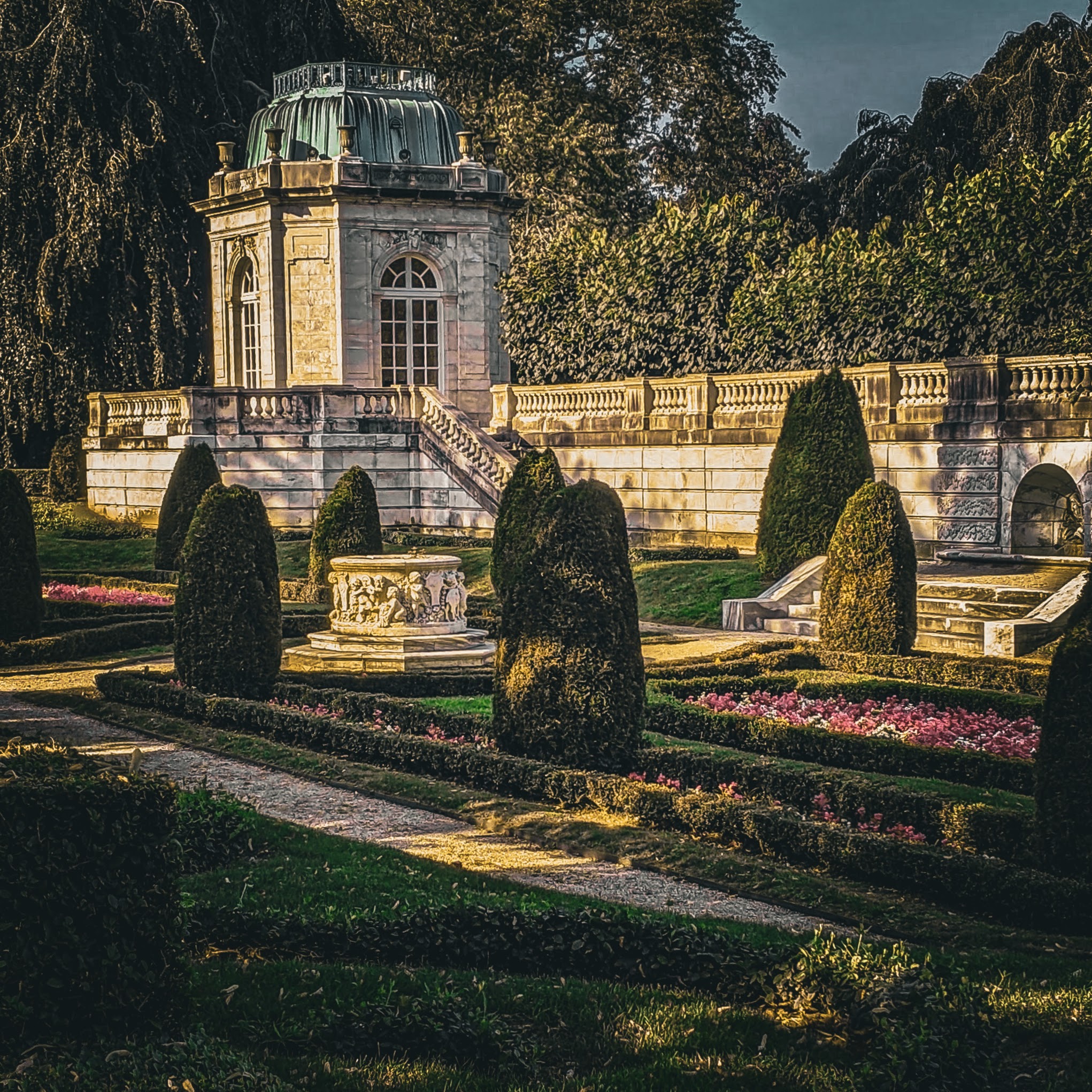-

Chapman Falls After Ida
A few days after Post-Tropical Cyclone Ida brought heavy rain and massive flooding to the state, we decided to check out the Chapman Falls at Devil’s Hopyard State Park in East Haddam. The Chapman Falls were, of course, roaring. A swollen, rushing, turbulent outpouring of water. And no surprise what…
-

The Elms, Newport
For our twenty-third wedding anniversary, we took a day trip to Newport and enjoyed a tour of The Elms. Nerds? Yes. Nerds. The Elms is not the grandest of Newport’s Gilded Age “summer cottages” (mansions), that would be the Vanderbilts lavish Breakers, but it is still pretty grand. It is…
-

Jamestown Arts Center
For our twenty-second wedding anniversary, we went day tripping in Jamestown and Newport, Rhode Island. Our first stop was the Jamestown Arts Center where my beloved was sure I would enjoy “Spacing Out: Expanding the Field of Vision” exhibition and he was so very right. Spacing Out: Expanding the Field…